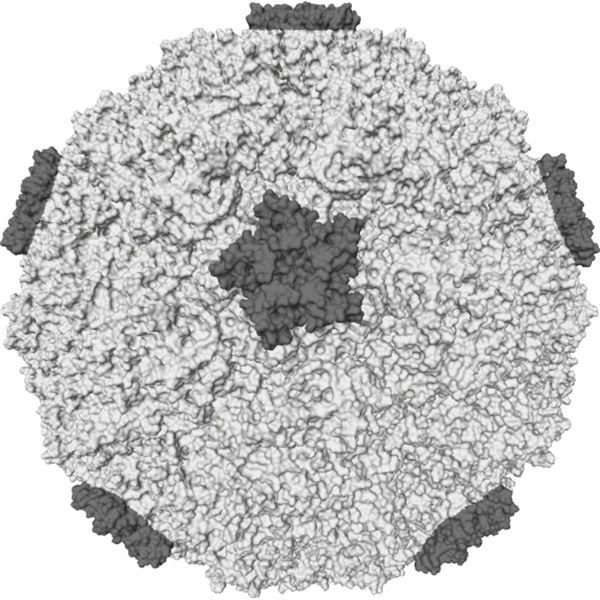Fighting the Common Cold. New Genome Research May Reveal How to Cure the Common Cold
Fighting the Common Cold
The common cold virus is actually several different types, as more than 200 are known to cause colds. These include rhinoviruses, adenoviruses and coronaviruses. Common cold symptoms include a runny nose, sore throat, nasal congestion, and headache. The symptoms are primarily created by the body’s reaction to the presence of the virus. Blood vessels become leaky and the mucous glands start producing large volumes of liquid.
Despite the best efforts of scientists, there is still no cure for the common cold. Antibiotics don’t work against viruses and drugs used against other viral infections haven’t scored any victories against the cold virus. All that can be done is to alleviate the effect of the symptoms and let the virus run its course. The infection usually clears after 3-7 not particularly pleasant days.
However, all is not lost against this determined little invader. The cavalry is on the hill. Scientists have not stopped or slowed down their efforts. They’ve been studying the enemy closely to look for chinks in its armour, and now they have a detailed blueprint of exactly what they’re up against.
Common Cold Cure?
University of Maryland researchers have managed to decode the genomes of 99 strains that are known to cause the common cold. It’s a stunning piece of work and was reported in the journal Science. The scientists have been able to assemble the viruses into family trees which means that they can compare their genomes to look for connections between them. This could be useful for drug research as scientists may find similar genetic mechanisms common to many of the strains, thus providing a nice juicy target for pharmaceutical companies to develop medicines.
Even if it turns out that one drug might not fit all, simply knowing more about the molecular basis of how a cold virus works, will provide science with the ammunition it needs to develop therapeutics to stop each strain in its tracks. The cold virus is a tricky beast. It latches onto receptors lining the nasopharynx and swiftly gets to work. Cold symptoms can sometimes be felt from between 10-12 hours after infection.
Now drug development of course takes many years of research, but we’ve waited millennia to rid ourselves of the pesky bug, so a few more years of patience on our part doesn’t appear to be too much of a bind.
